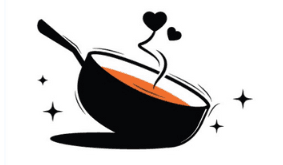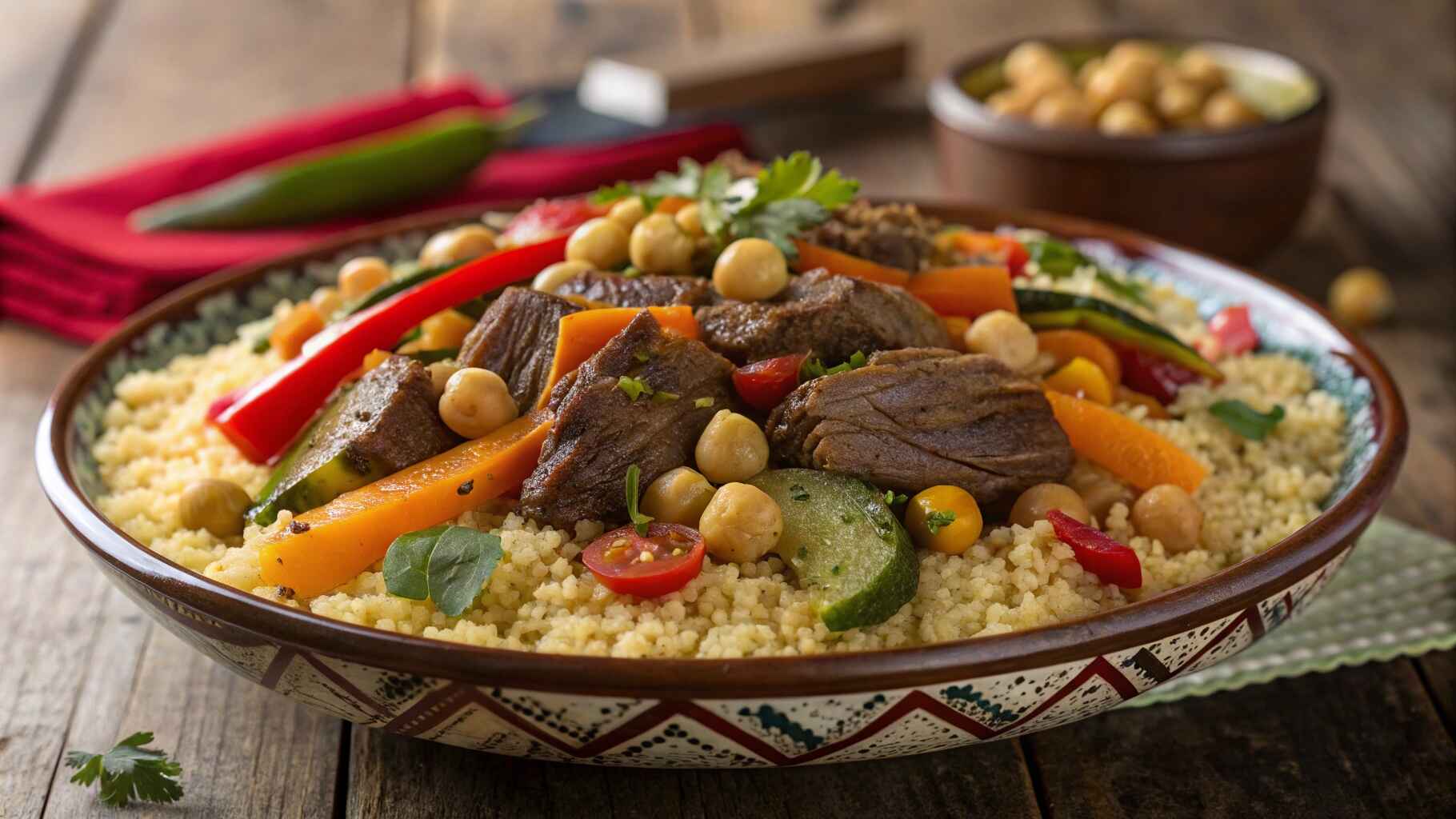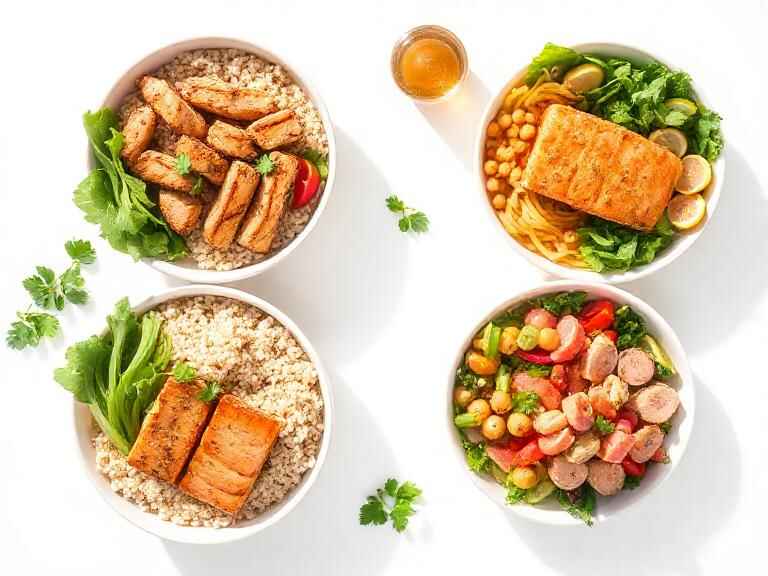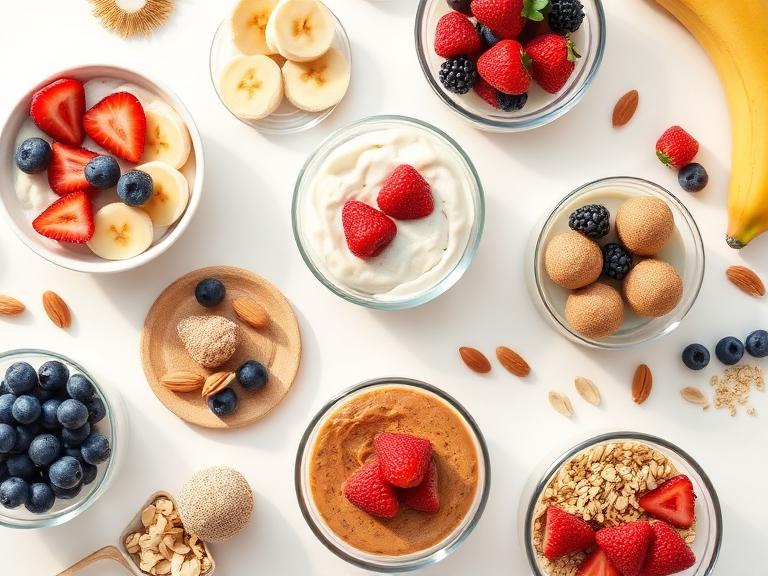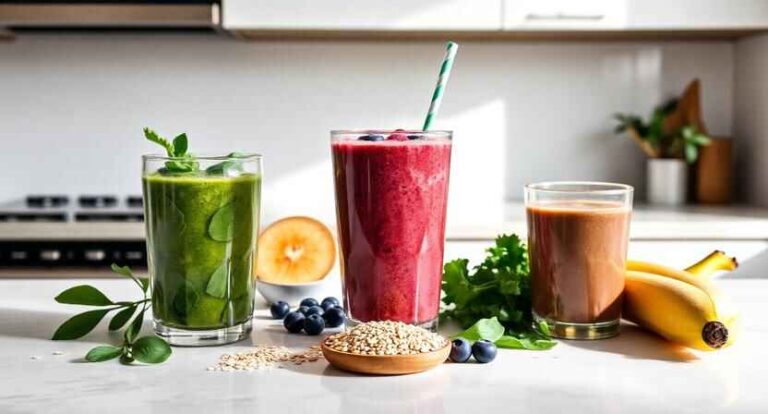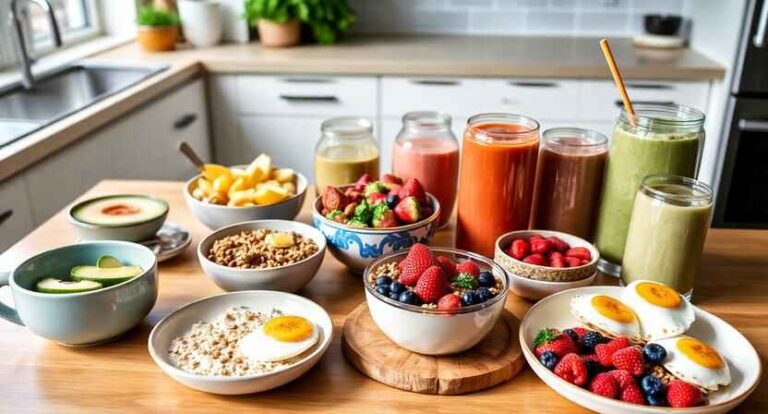Ever wonder why your couscous never turns out as fluffy and flavorful as the one from a Moroccan kitchen? 🧐 The secret lies in centuries-old techniques and the right blend of spices. In this guide to perfect couscous marocain at home, we’ll unlock 10 expert secrets that transform your dish from basic to breathtaking. Ready to cook like a local? Let’s get started!
Table of Contents
The Cultural Significance of Couscous Marocain
Couscous in Moroccan Heritage and Celebrations
Couscous marocain isn’t just a dish — it’s a symbol of family, celebration, and hospitality. In Morocco, Fridays are couscous days. After the noon prayer, families gather around a large shared dish piled with fluffy couscous, vegetables, and sometimes meat, often lamb or chicken. It’s more than a meal — it’s a weekly ritual. The aroma that fills the house is enough to bring everyone together, no invitation needed.
Why Couscous Marocain Is More Than Just a Dish
Think of couscous marocain as the soul of Moroccan cooking. It carries stories from generation to generation — from Berber grandmothers to modern home cooks. Whether it’s served at weddings or casual dinners, it’s a food that says, “You’re home.” And like a good story, each bite tells a little more about Morocco’s culture, spices, and spirit.
Choosing the Right Ingredients for Authentic Flavor
The Best Type of Semolina for Couscous Marocain
Not all couscous is created equal. For authentic couscous marocain, use medium-grain semolina. It gives you the right texture — fluffy, not clumpy. You might find instant couscous on supermarket shelves, but trust me, nothing beats the taste and mouthfeel of properly steamed traditional grains. If you can’t find Moroccan semolina, opt for coarse couscous and steam it the old-fashioned way.
Key Spices and Vegetables Used in Traditional Recipes
Spices are what turn basic grains into magic ✨. The classic spice blend includes:
- Turmeric – for golden color and warmth
- Ginger – adds earthy depth
- Cinnamon – subtle sweetness, especially in sweet couscous like Tfaya
- Ras el Hanout – a Moroccan mix of over 10 spices
Vegetables matter, too. Carrots, zucchini, turnips, and chickpeas are staples. Don’t forget preserved lemon for brightness and a touch of magic.
Meat vs. Vegetarian Couscous: Which One to Choose?
Traditionally, couscous marocain features lamb or chicken. But a veggie version can be just as satisfying. Go with what feels right for your crowd. Vegetarian? Load up on chickpeas, squash, and onions. Want it hearty? Braised lamb shanks are the way to go. For another rich dinner idea, try this hobo casserole recipe — it’s packed with flavor and easy to prepare.
Tools and Utensils You Need in Your Kitchen
Why a Couscoussier Makes All the Difference
A couscoussier is the traditional double-chambered pot used to steam couscous. The bottom part simmers your broth and meat; the top steams your semolina, absorbing all the fragrant vapors. It’s like giving your couscous a scented steam bath! This method helps avoid sogginess and brings out the dish’s signature texture — light, fluffy, and separate grains.
“Steaming couscous rather than boiling it is the key to unlocking authentic Moroccan texture and flavor.” — Chef Souad Kabbaj

Alternative Tools for Small or Modern Kitchens
No couscoussier? No problem. Use a metal colander that fits snugly over a pot. Just wrap the edges with foil to trap the steam. A bamboo steamer lined with cheesecloth can also work in a pinch. The point is — don’t let tools stop you from chasing couscous greatness 🛠️.
Step-by-Step Cooking Process for Moroccan Couscous
How to Steam Couscous the Traditional Way
Steaming is a three-round ritual:
- Place your semolina in the steamer and let it steam for 15 minutes.
- Transfer to a bowl, sprinkle with salted water, and fluff with your fingers or a fork.
- Repeat the steaming and fluffing two more times. Each round helps separate the grains further.
This process may seem long, but trust me — the result is couscous with personality.
Layering Flavors: Broth, Vegetables, and Meat
While your semolina steams, your broth should be gently bubbling below. Start by sautéing onions, then add spices, tomato paste, and your protein of choice. Let it simmer until the flavors marry into a rich, aromatic stew.
Add firm vegetables like carrots first. Softer ones like zucchini go in later. The idea? Everything finishes cooking at the same time, perfectly tender and juicy.
Common Mistakes People Make and How to Fix Them
Avoiding Mushy or Dry Couscous
Mushy couscous usually means too much water. Dry and grainy couscous? Not enough steaming or hydration. If yours turns out wrong, don’t panic.
- If mushy, spread it out on a tray to dry and steam it again briefly.
- If dry, sprinkle lightly with warm salted water and fluff with your fingers.
For another comfort meal that’s foolproof and flavorful, check out this creamy garlic mushroom chicken — great alongside couscous, too!
Balancing Flavors Without Over-Spicing
It’s easy to go overboard with spices. Remember, balance is key. Start with half a teaspoon of each major spice and taste as you go. Let the broth simmer and deepen in flavor before adding more. You’re building layers, not throwing in fireworks 🎇.
Expert Tips for Perfect Couscous Texture and Taste
Fluffing Techniques from Moroccan Grandmothers
Forget spoons — use your hands! Moroccan cooks swear by fluffing couscous with slightly wet fingers. It feels odd at first, but your touch is gentler than any utensil. Spread the steamed couscous on a wide dish (like a tagine lid) and gently rake your fingers through it. You’re not just fluffing — you’re waking up each grain.
Timing and Temperature Control
Good couscous waits for no one, but it also doesn’t like being rushed. Cook your broth low and slow. Steam your couscous with patience. If you’re juggling dinner components, prep your veggies ahead, just like you’d do when making quick and tasty 5-minute tacos.
Regional Variations Across Morocco
Couscous Tfaya (Sweet and Savory Version)
One of the most beloved regional versions is Couscous Tfaya — a sweet and savory mix that feels like Morocco on a plate. This version layers fluffy couscous with caramelized onions, raisins, cinnamon, and a touch of honey, all crowned with tender chicken or lamb. It’s popular in Fes and ideal for festive occasions.
The contrast of savory broth with sweet toppings is surprisingly balanced. Think of it as Morocco’s answer to sweet-and-savory chicken and waffles 🍯. The aroma of cinnamon and onion as they cook together? Absolutely dreamy.

Berber Couscous vs. Fassi-Style Couscous
Berber couscous is rustic and hearty — often prepared with vegetables like pumpkin, carrots, and potatoes in a tomato-based broth. It reflects Morocco’s mountainous soul.
In contrast, Fassi-style couscous (from Fez) is more refined. It features saffron, nuts, and raisins and is sometimes topped with eggs or almonds. The flavor profile leans toward the luxurious, especially when served with lamb shoulder.
Want a similarly flavor-packed regional dish? Try this French onion soup recipe — also rooted in tradition, depth, and comfort.
Serving Couscous Marocain Like a Local
Plating Styles for Family or Guests
In Moroccan homes, couscous is served in a massive communal platter — everyone eats from their side, using spoons or their right hand (if culturally appropriate). The couscous is formed into a mound with a generous helping of meat and veggies on top, arranged in a colorful spiral.
Serving guests? Individual bowls work too — just remember to arrange the meat and vegetables artfully on top. Presentation counts, especially when your dish is as camera-ready as couscous marocain 📸.

Traditional Accompaniments and Garnishes
To elevate your couscous:
- Top with caramelized onions and golden raisins (for Tfaya style)
- Garnish with toasted almonds or sesame seeds
- Serve with buttermilk or mint tea to balance the richness
A side of spring vegetable quiche makes a fun fusion touch, perfect for brunches and more Western-style meals.
Health Benefits of Couscous Marocain Ingredients
Nutritional Value of Semolina, Vegetables, and Spices
Couscous is made from semolina, a type of durum wheat, and is rich in:
| Nutrient | Benefit |
|---|---|
| Carbohydrates | Energy for the whole day |
| Iron | Supports oxygen transport in blood |
| Magnesium | Promotes muscle and nerve function |
Add chickpeas, carrots, and zucchini, and you’ve got a rainbow of vitamins. The spices? Turmeric and cinnamon are natural anti-inflammatories. Ginger helps digestion. Ras el Hanout can include cloves, cardamom, and nutmeg — all loaded with health perks.
Couscous Marocain as Part of a Balanced Diet
Served with lean protein and tons of vegetables, couscous marocain is a one-dish wonder. It’s low in fat, high in fiber, and can be adapted to suit vegetarian, vegan, or gluten-free needs (try millet or quinoa instead of semolina).
Pair it with a light soup like this creamy shrimp soup if you’re feeling extra indulgent — it’s all about balance.
Practical Case Study: A Home Cook’s Couscous Journey
From First Attempt to Family Favorite
Let’s talk about Sarah — a home cook from Canada who tried making couscous marocain during the pandemic. Her first attempt? A little soggy, a little bland. But she didn’t give up. She ordered a couscoussier online, swapped canned chickpeas for dried ones, and followed the triple-steam method.
The result? A Sunday meal her family now begs for.
Lessons Learned and Kitchen Adjustments
Here’s what Sarah discovered along the way:
- Let your couscous sit between steams — patience = fluffiness.
- Don’t overcrowd the pot with veggies; stagger them.
- Use homemade broth when possible — flavor game-changer.
And most importantly, she learned that practice makes perfect, especially with heritage dishes like this one.
“Every batch of couscous teaches you something — about patience, spices, and love.” — Sarah, home cook
Where to Buy Authentic Ingredients Outside Morocco
Trusted Online Stores and Local Markets
Finding authentic Moroccan ingredients can be tricky, especially if you live far from a Mediterranean grocery store. Luckily, online retailers like:
- Amazon (look for semolina labeled “M’hamsa” or “Couscous Moyen”)
- Kalustyan’s – great for Ras el Hanout and preserved lemon
- Yummy Bazaar – global pantry essentials
Also, check local halal or Middle Eastern markets for couscous brands like Dari, Tria, or Ferrero.
Tips for Substituting Ingredients Without Losing Flavor
Can’t find preserved lemon? Use a mix of lemon zest and a dash of vinegar. No Ras el Hanout? Blend cumin, coriander, ginger, cinnamon, and allspice — it won’t be exact, but it’ll get you close.
If lamb isn’t available or too pricey, go for bone-in chicken thighs. They absorb spices well and stay juicy during long simmers.
“A good couscous isn’t about following a rigid recipe. It’s about capturing the spirit of the dish — warmth, comfort, and spice.” — North African Culinary Institute
Conclusion
From selecting the right semolina to mastering the triple-steam method, you’re now equipped to make couscous marocain that’s rich in tradition and flavor. Try out these tips, share your results, and don’t forget to explore more inspiring dinner ideas on our blog. Craving more comfort food magic? Check out our other hearty, globally inspired recipes next!
FAQs
What is couscous marocain made of?
Couscous marocain is made from steamed semolina wheat, traditionally served with vegetables, spices, and sometimes meat like lamb or chicken.
How do I make couscous fluffy and not sticky?
To get fluffy couscous, steam it in batches and fluff it with your fingers between rounds. Avoid over-soaking or boiling it in water directly.
Can I use instant couscous instead of traditional semolina?
You can, but it won’t have the same texture or depth of flavor. Traditional semolina steamed in a couscoussier gives authentic results.
What spices are used in couscous marocain?
Common spices include turmeric, ginger, cinnamon, black pepper, and Ras el Hanout, which is a Moroccan blend of warm spices.
Do I need a couscoussier to make couscous marocain?
A couscoussier is ideal, but you can improvise using a metal colander over a pot with a tight seal to trap steam.
How long does it take to cook traditional Moroccan couscous?
It typically takes 1.5 to 2 hours, including three rounds of steaming, broth preparation, and assembling the dish.
